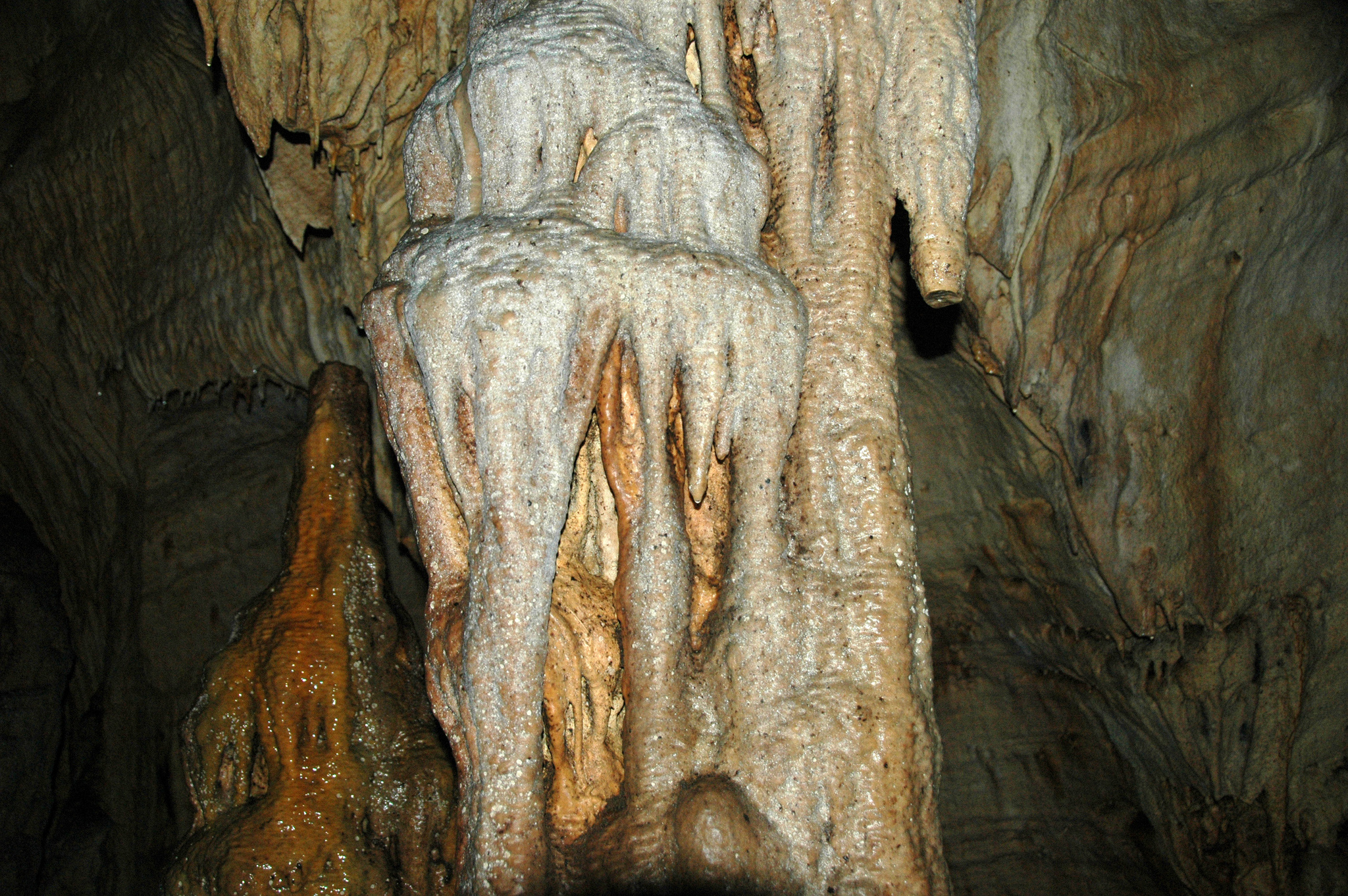What Is Groundwater and Why Does It Require Treatment?
Written by AOS Treatment Solutions on July 26, 2016

When you think about water sources, lakes, ponds, streams and rivers come to mind. However, 30 percent of the world’s freshwater actually comes from groundwater, according to The National Groundwater Association. When it rains, the water moves through the surface soil until it gets deep underground. It fills spaces between rocks and dirt, making an aquifer. The supply gets renewed on a regular basis during storms, which makes this an excellent long-term solution for the area’s natural resource needs.
Groundwater Usage
The United States relies on groundwater for 23 percent of its freshwater needs, according to the U.S. Geologic Survey. Regions without enough surface water sources are highly dependent on available aquifers, such as the Hill Country area of Texas. The agricultural industry uses groundwater to irrigate crops and hydrate livestock, while cities and towns use this water for public supplies. It also goes to your faucet and fire hydrants, and some groundwater even helps create electricity at thermoelectric plants.
Groundwater Contamination
Pollutants reaching the soil can pass through the surface just like the rain does. When it reaches the aquifer, it contaminates that water supply. Everything from pesticides to used motor oil can seep deep into the ground. Improperly sealed septic tanks may introduce human waste into this water, which is particularly problematic when it’s part of the public supply. Gasoline storage tanks, which are typically installed underground, also threaten groundwater.
The original water source, rain, could start out contaminated as well. Another primary source for pollutants comes from landfills. A well-managed landfill prevents any run-off, but unauthorized sites and a failure to adhere to best practices put the groundwater at risk.
Groundwater Treatment
Several problems occur when pollutants get mixed into this water. The risk of disease is one of the biggest issues, although the specific ailments depend on the type of contamination. For instance, toxins can cause a variety of adverse health effects for humans and wildlife. Groundwater treatment neutralizes any problematic substances so you can use the water safely.
This process handles pollutants with one of two methods. Either the contaminant gets removed entirely, or it goes through a conversion process to render it harmless. The treatment process varies based on the materials present in the water, but they fall into three broad categories: biological, chemical and physical. Water treatment plants typically combine multiple techniques like water treatment disinfection, iron and manganese removal from groundwater, and water treatment corrosion control to address a wide variety of problems.
Biological Groundwater Treatment
This method uses organic compounds to remove contaminants. Certain enzymes, microorganisms, bacteria and plants can remove harmful chemicals from groundwater. Think of the way a mountain stream gets filtered through rocks to create some of the best tasting water possible. Biological treatment operates with a similar concept that enhances the biological water quality parameters.
Chemical Groundwater Treatment
Various chemicals get mixed into the water to dissolve minerals or reduce heavy metal levels. Typically, the chemicals are either safe to drink or dissolve naturally in the water.
Physical Groundwater Treatment
This practice relies on machines to separate the contaminants from the fresh water. Treatment plants combine physical techniques with chemical or biological, but you can reduce the amount of purification work required when you get rid of most of the material as the first step.
Groundwater plays a critical role in everyday life, from the water you drink to the food you eat. Without this renewable water source, farmers wouldn’t be able to keep crops watered, and drought-stricken cities would become ghost towns.
Please contact us today for more information on groundwater treatment in Texas from the water treatment consultants at AOS.

